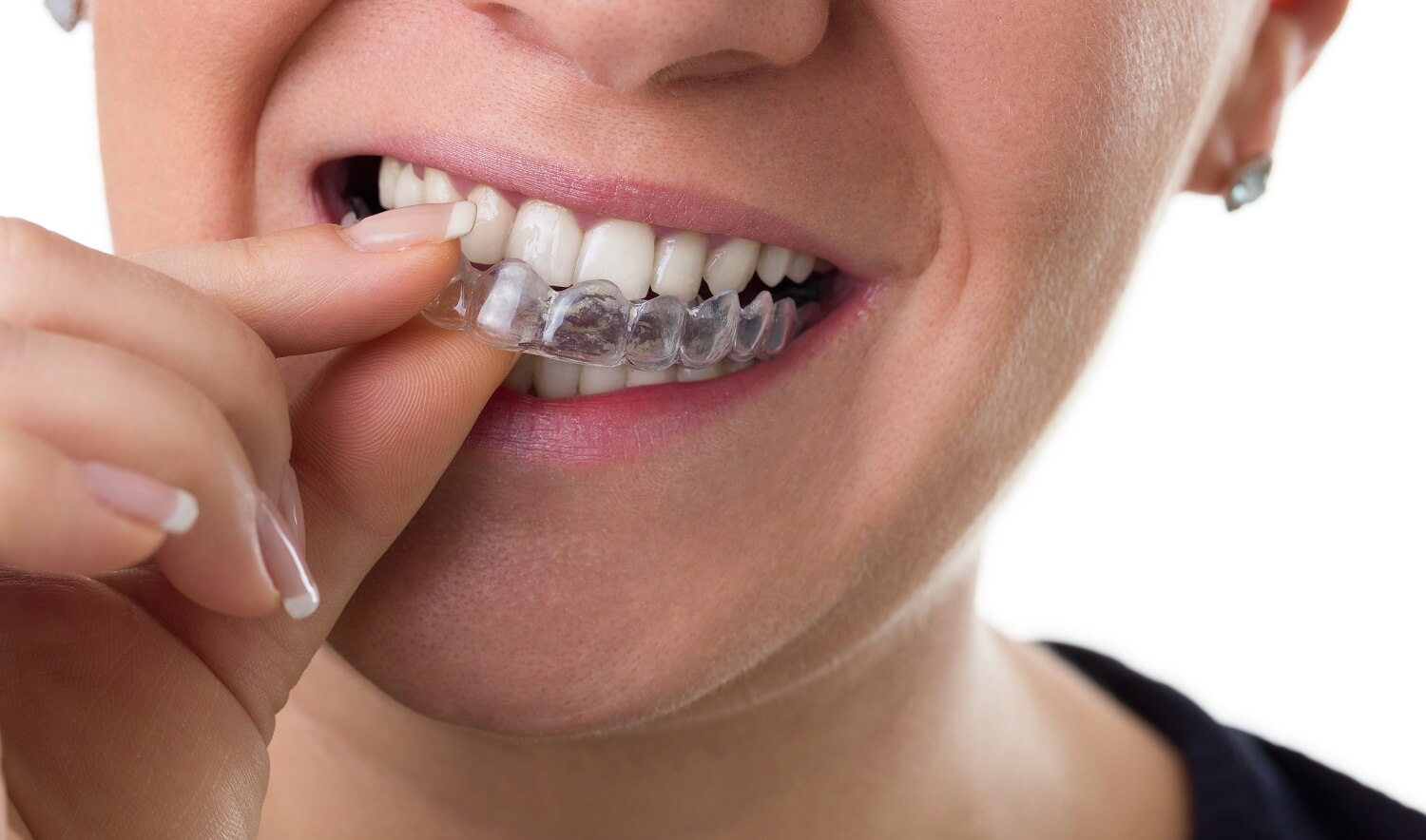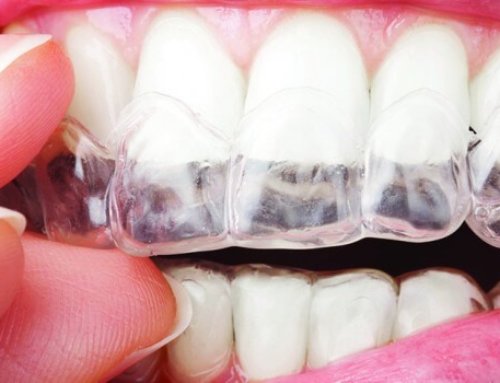How do Braces Work?
Dental braces are used as correction devices for crooked teeth, overcrowding or a misaligned jaw. Braces work by applying very light pressure to your teeth over a long period of time. This encourages gradual movement in the shape of your jaw bone, until your teeth are eventually straight and aligned.
At Churchfield Dental Centre, we are skilled in teeth straightening and have the professionalism and experience to answer all your questions!
So, how do braces work? We’ve broken down the information to help you understand everything about your braces.
Different Types of Braces and How They Work
While the basic way braces work is the same, different types of braces are used in different situations because they have slightly different ways of straightening teeth. Your local orthodontist will recommend the best option for you, depending on your age, how misaligned your teeth are and whether you have an overbite.
There are five different types of braces used:
- Invisible braces
- Metal braces
- Ceramic braces
- Self-ligating braces
- Lingual braces
Let’s take a look in further detail.
How do Invisible Braces Work?
At Churchfield Dental Centre, we love invisible braces. Traditionally, metal brackets and wires were the only option for straightening teeth. But with recent advancements in technology, it is now possible to have invisible braces.
Smilelign clear braces are virtually invisible, which means you can straighten your teeth without anyone knowing. Smilelign invisible braces are clear, slimline and comfortable. These braces are designed to easily fit into your lifestyle, meaning you don’t have to change what or when you eat, just pop out your aligners and enjoy your mealtimes.
Invisible braces are laboratory manufactured and are pre-planned using the latest 3D software. To begin with, casts are taken of your teeth to help the lab create a brace that fits your teeth almost perfectly.
You wear each brace for 3 weeks before moving onto the next one, which again matches your teeth with a slight adjustment. Each brace is made with small alterations to the one before, to encourage the teeth to move into a straighter position. The number of braces each patient uses throughout their treatment varies according to how misaligned the teeth are.
If you would like to discuss getting invisible braces, then get in touch with Churchfield Dental Centre today!
How Do Metal Braces Work?
Metal braces, commonly known as ‘train track’ braces, work a little differently to invisible braces, as they are a fixed type of brace with different components that are adjusted through the course of treatment. Most simply, the metal wire that runs between the brackets is shortened, pulling the teeth into position.
‘Train track’ braces are a more complex way of straightening teeth than invisible braces and are used when teeth misalignment is more significant.
What are Ceramic Braces?
Ceramic braces are made of a tooth-coloured material, and although they work in the same way, are a much more discreet option when compared to metal braces.
For patients with more significant teeth misalignment, where invisible braces wouldn’t be right, ceramic braces are the best option. Ceramic braces are a less noticable and more affordable way of straightening your teeth.
How Do Self-Ligating Braces Work?
Self-ligating braces are very similar to metal and ceramic braces, available in both metal and clear material. These types of braces are made up of a wire that straightens the teeth.
Self-ligating braces use doors or clips to hold the wire in place, rather than elastic rubber ties. These types of braces are perfect for patients who struggle to sit for a long time in the chair or those who are more sensitive to discomfort as appointment times to adjust the braces are much shorter.
What are Lingual Braces?
Lingual braces are less common than other alternatives. They are usually used for patients with more severe dental issues. Lingual braces are attached to the inner sides of your teeth, making them almost invisible.
Lingual braces are not suitable for patients with an overbite as they may struggle with the brackets popping off. They’re also more expensive than other alternatives.
When you visit Churchfield Dental Centre, you’ll be advised on the most suitable option for you. Contact us today to book your free consultation.
Do Braces Hurt?
You will not feel any pain when having your braces installed. However, over time as your teeth begin to move and straighten, you may feel slightly uncomfortable. You can take a pain reliever such as Ibuprofen to help with this.
Cost of Braces
So, you may be wondering how much do braces cost? Well, the cost of braces depends on whether you are covered by health and dental insurance or the NHS. For those under the age of 18, orthodontic treatment is free, if the dentist feels that braces are necessary.
For adults, the cost depends on the type of braces needed. For more information, book a free consultation with us at Churchfield Dental Centre today.
What Happens at Each Follow-Up Appointment?
Once your braces are installed, you’ll need to visit your orthodontist every four to eight weeks to adjust the braces and check on the progress of your teeth.
In the appointment, your braces will be adjusted or changed to increase the pressure so that the teeth continue to move in the desired direction. Your dentist will check that you’re maintaining your oral health and may change any O-rings if necessary.
How Long do Braces Take to Work?
The time braces take to work varies according to how misaligned your teeth are and what kind of braces you have. Very minor amendments could take as little as 3 months while more significant treatment can as long as 3 years to complete. Your dentist or orthodontist will be able to advise you on how long yours is likely to take.
Getting Braces
Interested in teeth straightening? Churchfield Dental Centre offer braces for both adults and children and can advise you on the best steps to take. Contact one of their friendly reception team on 01226 771471 to book your FREE consultation today.




